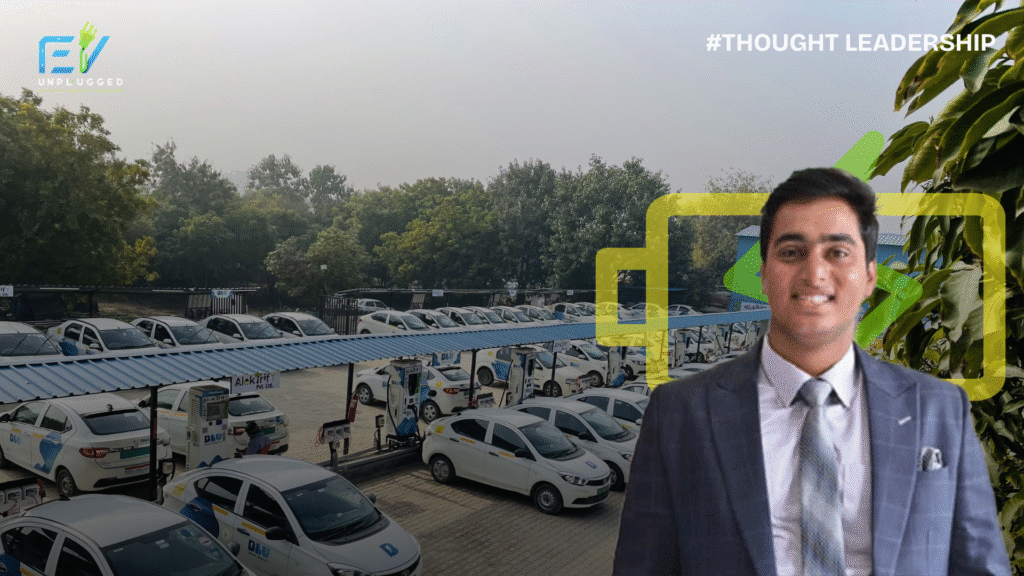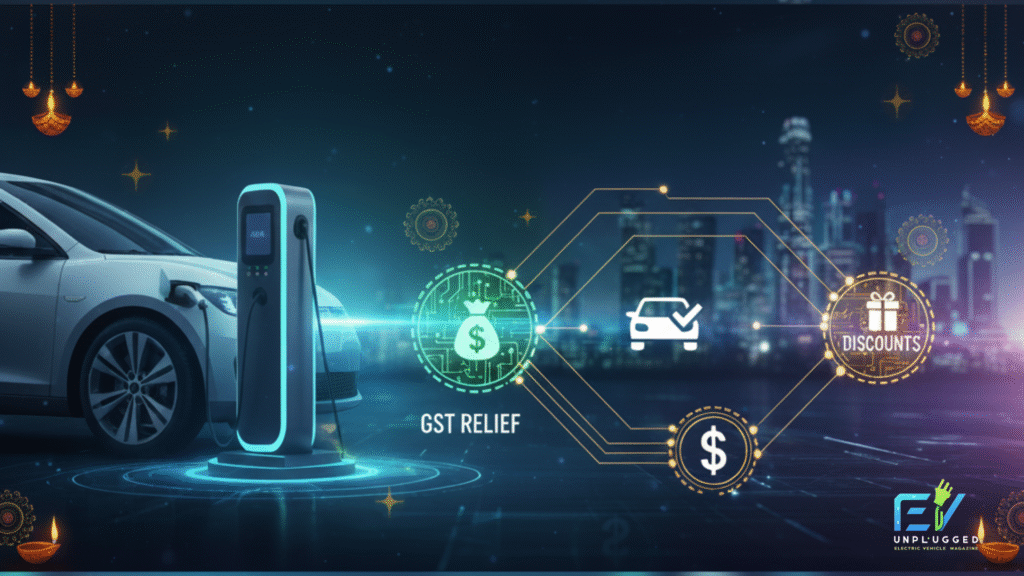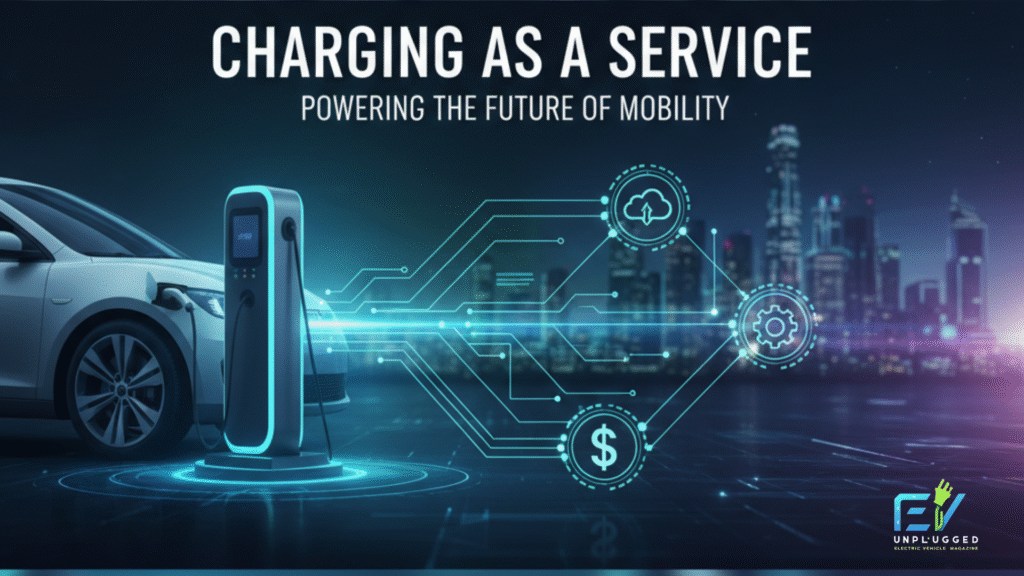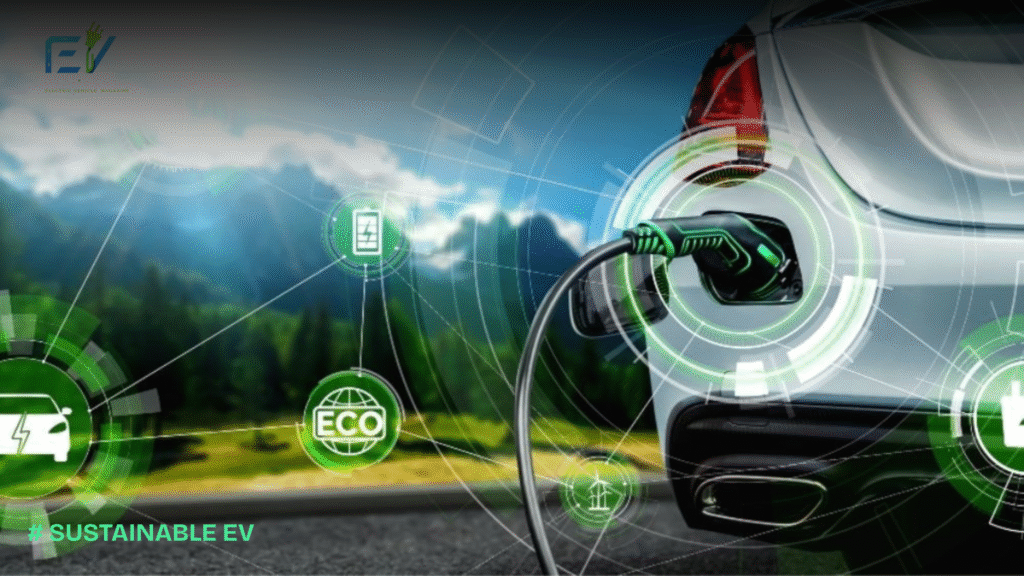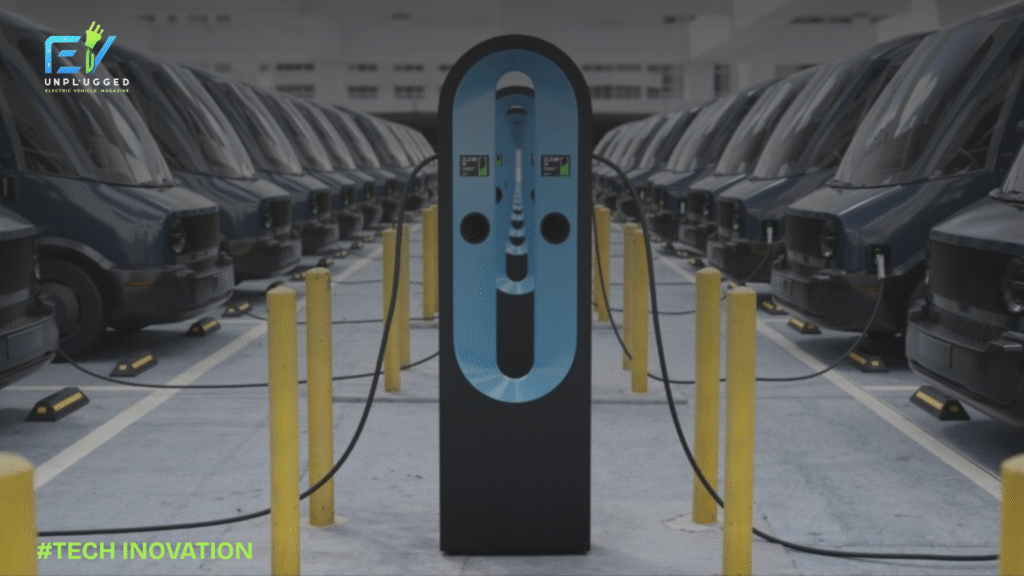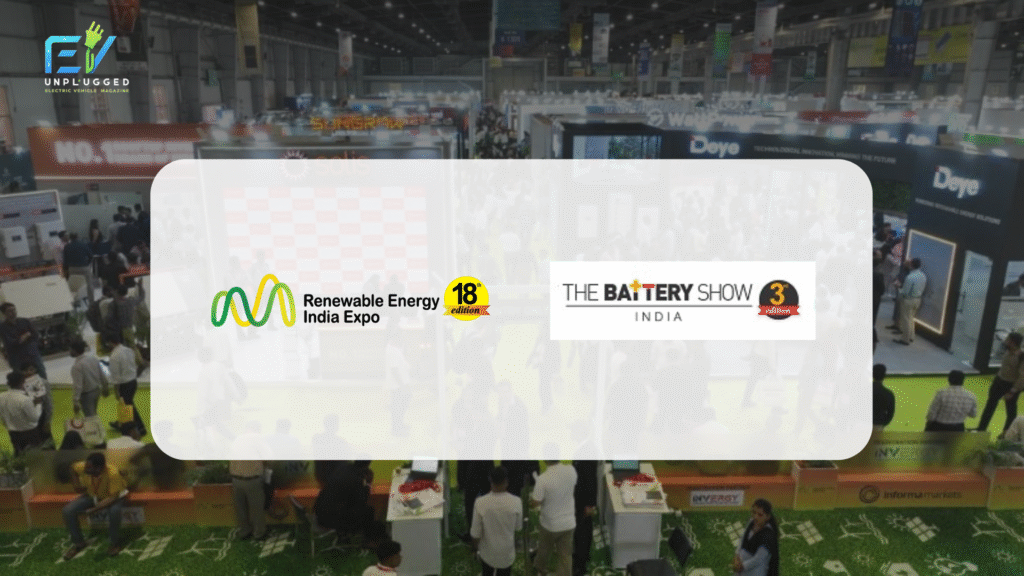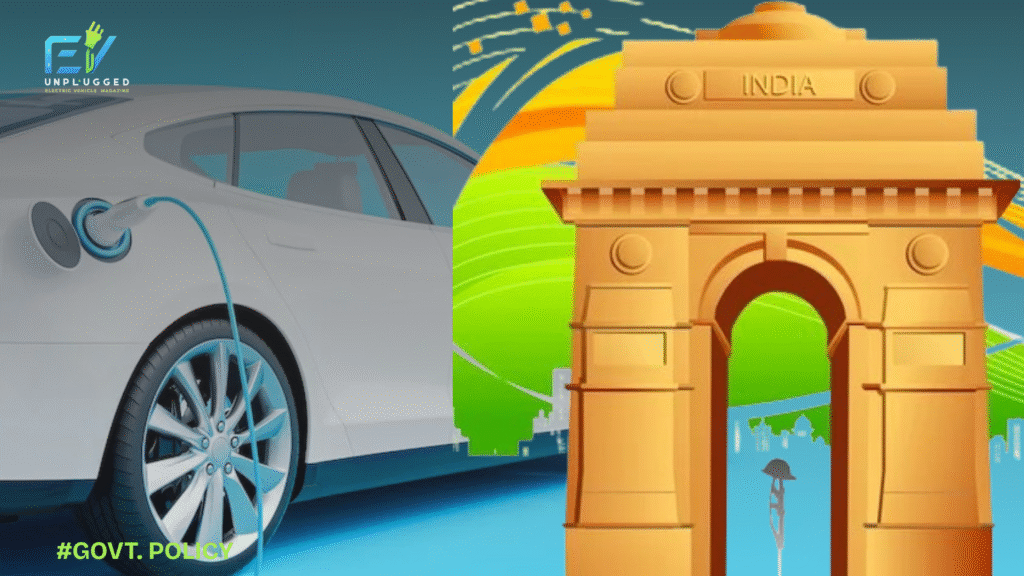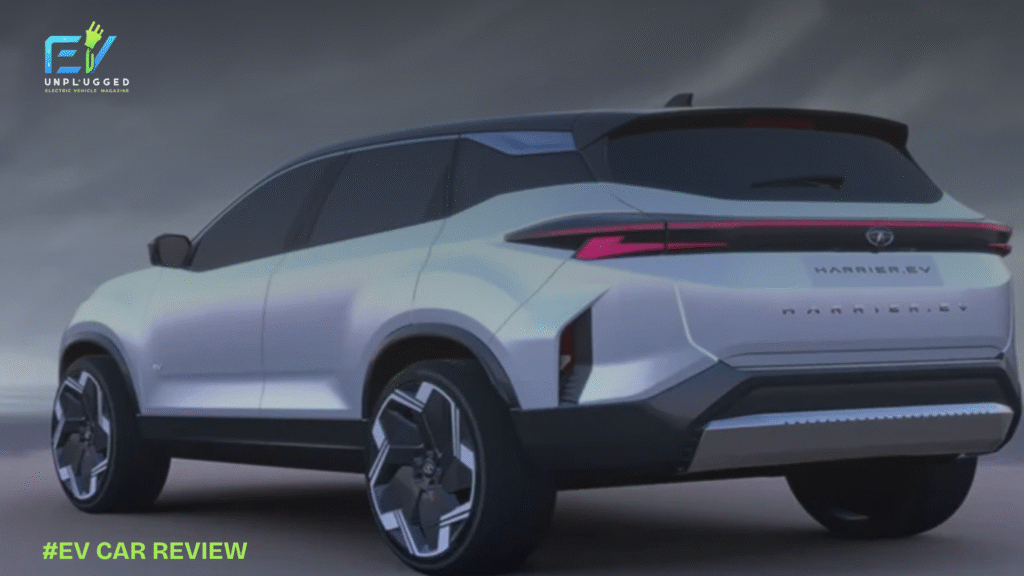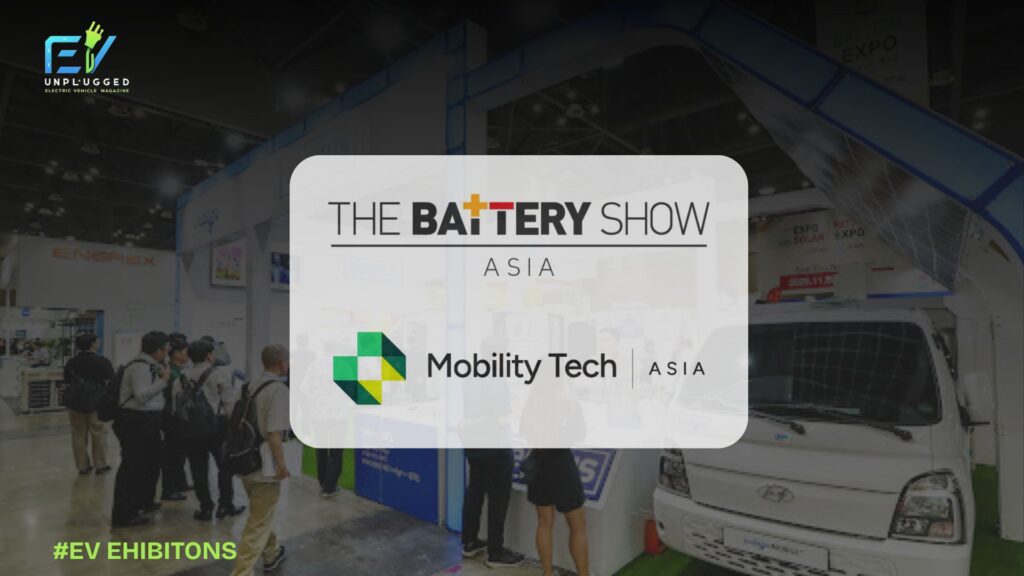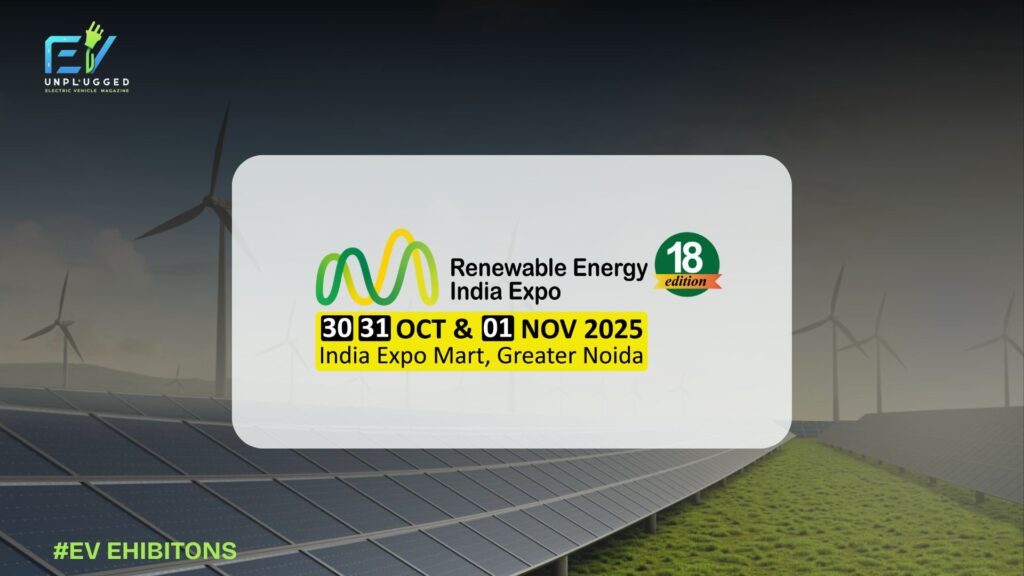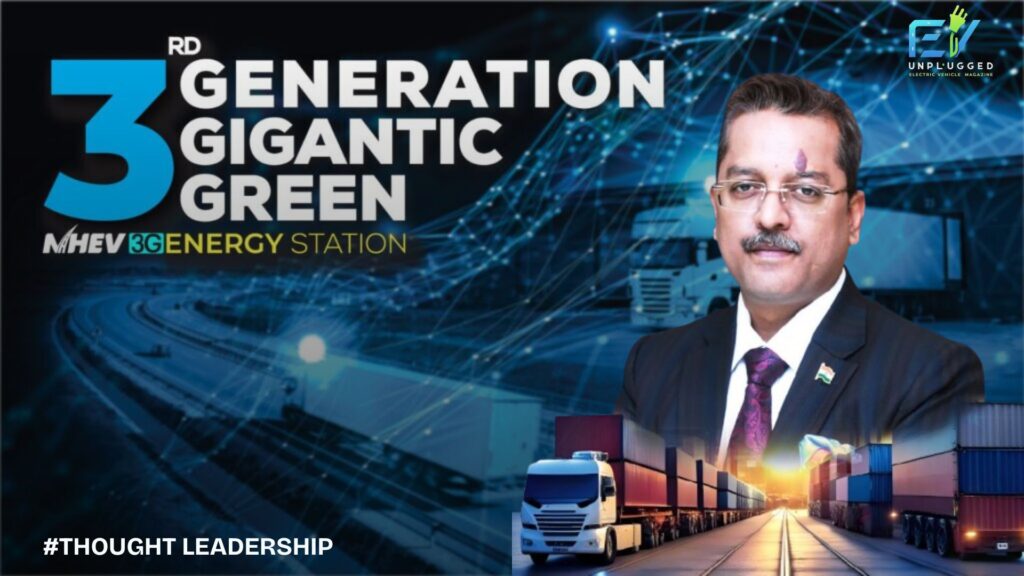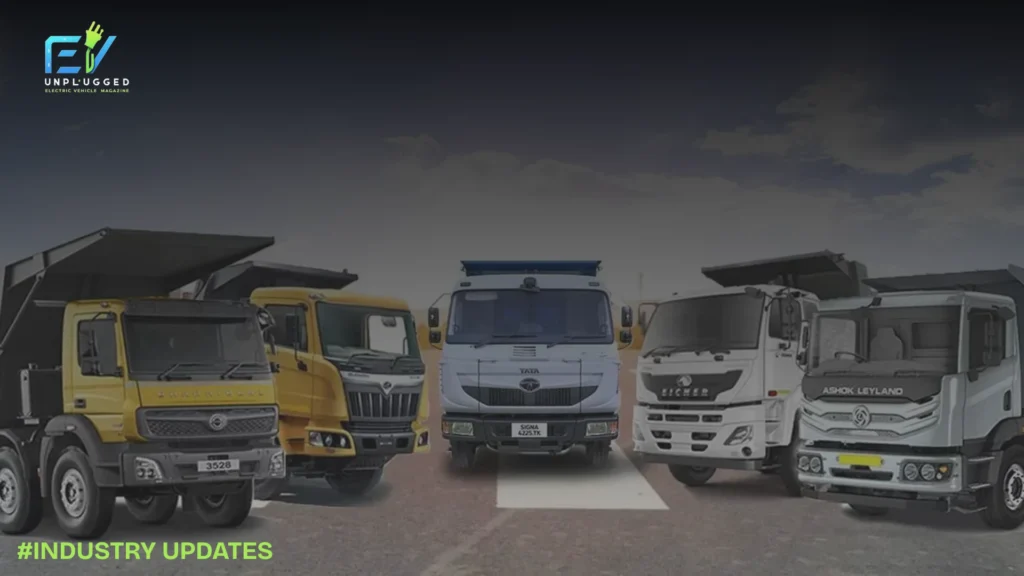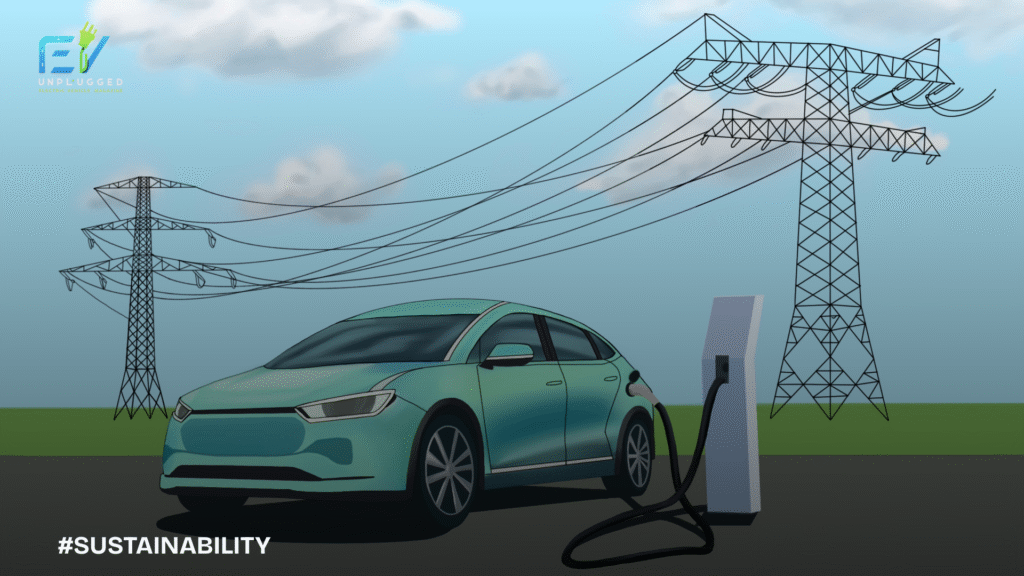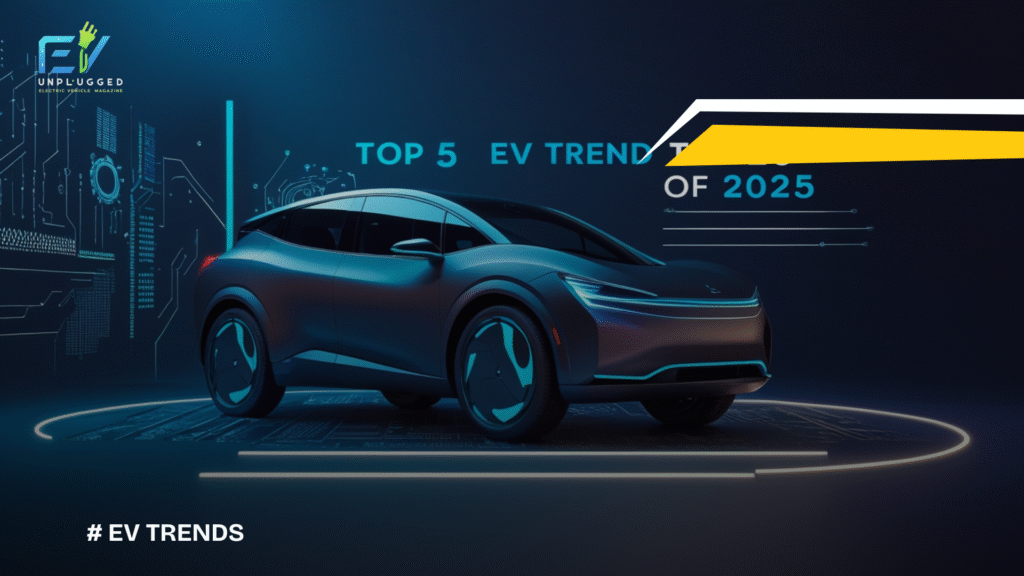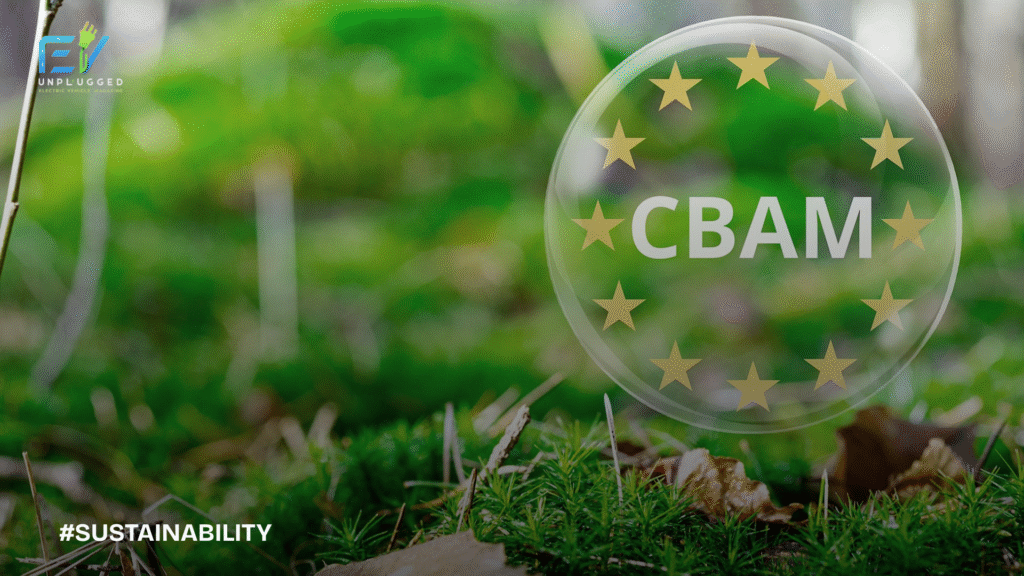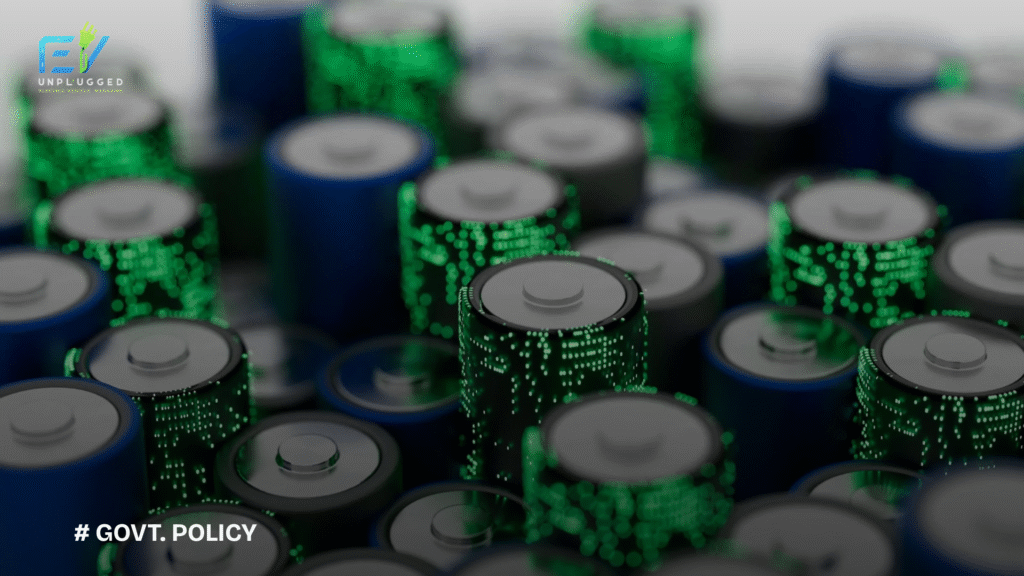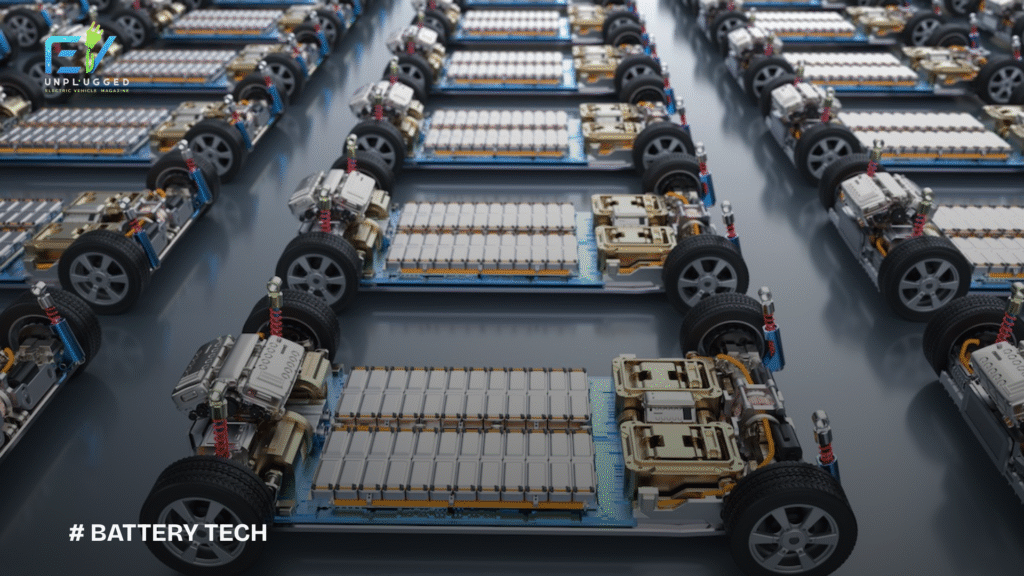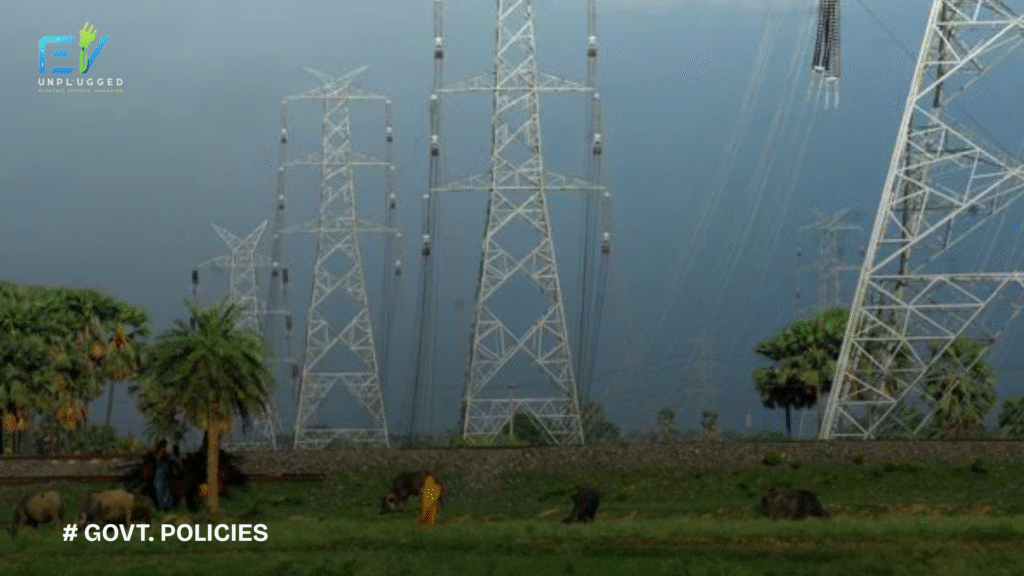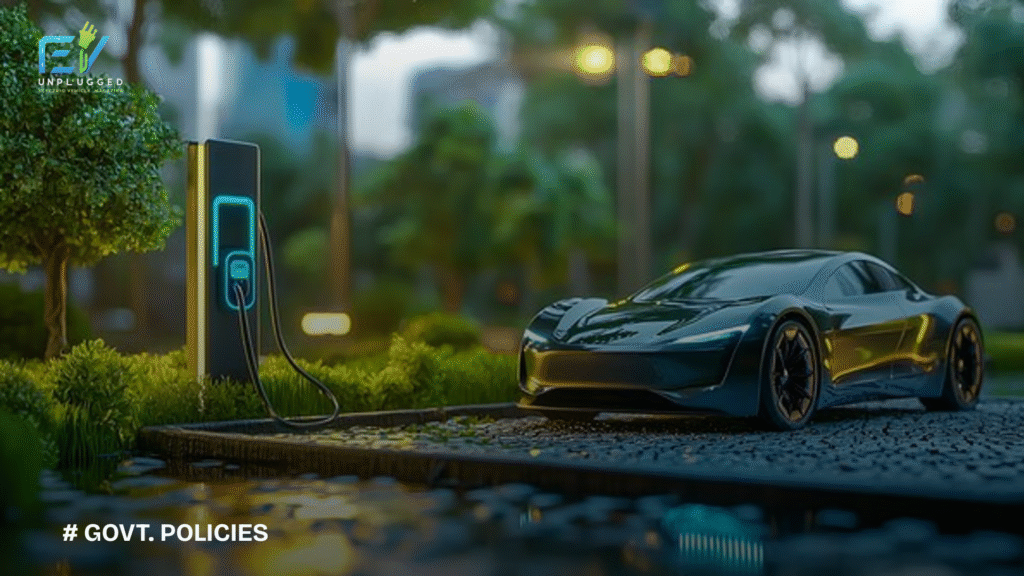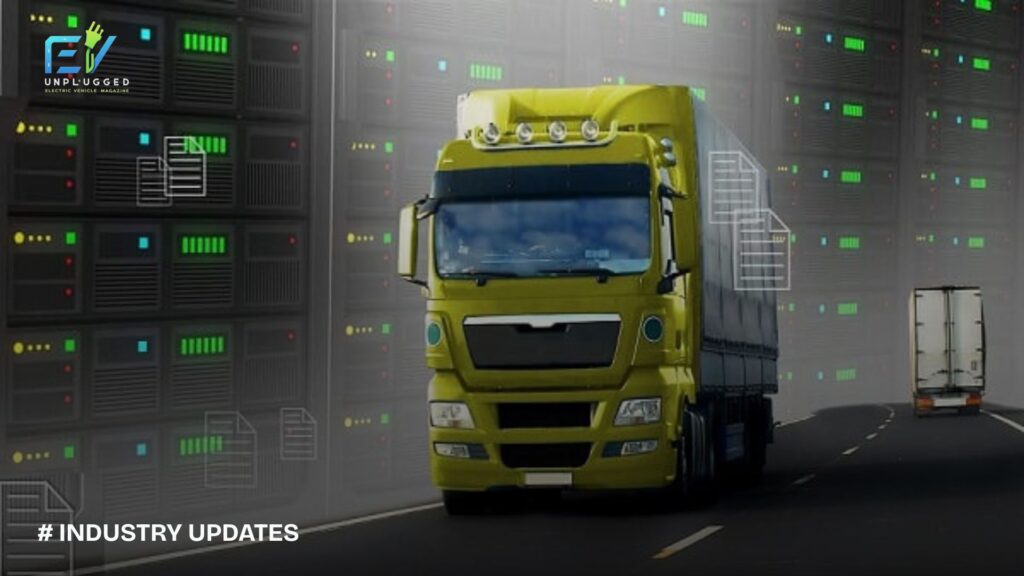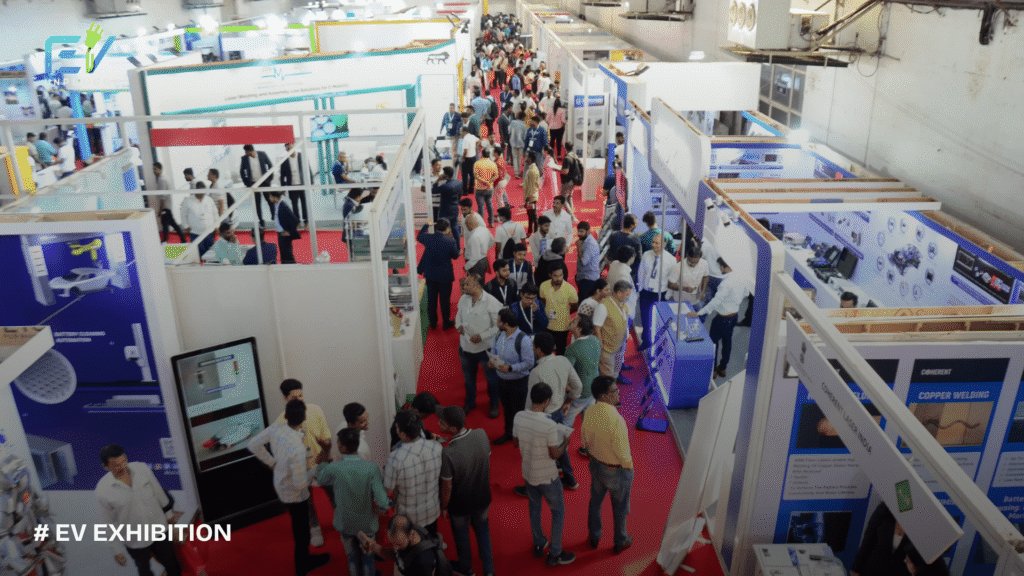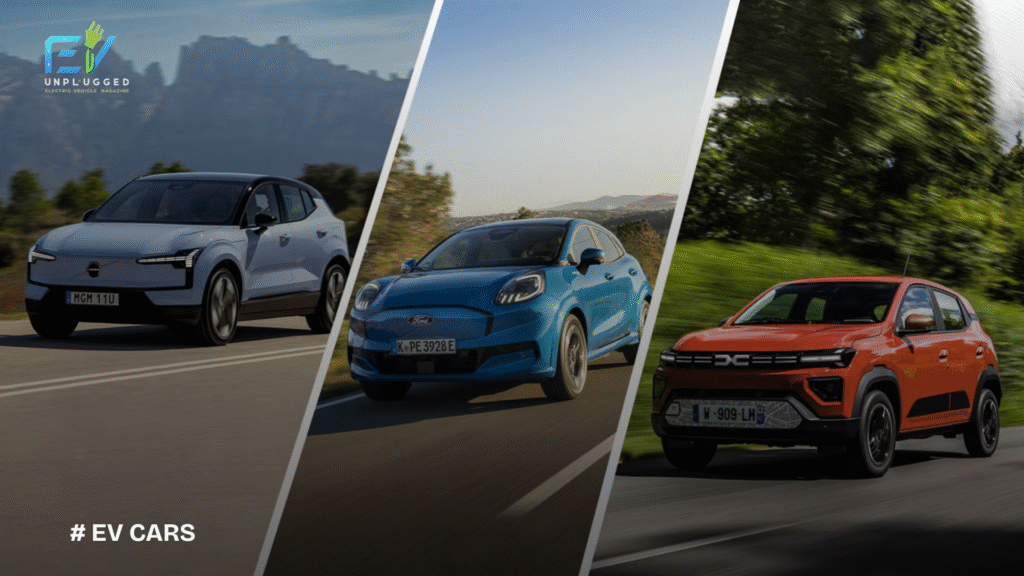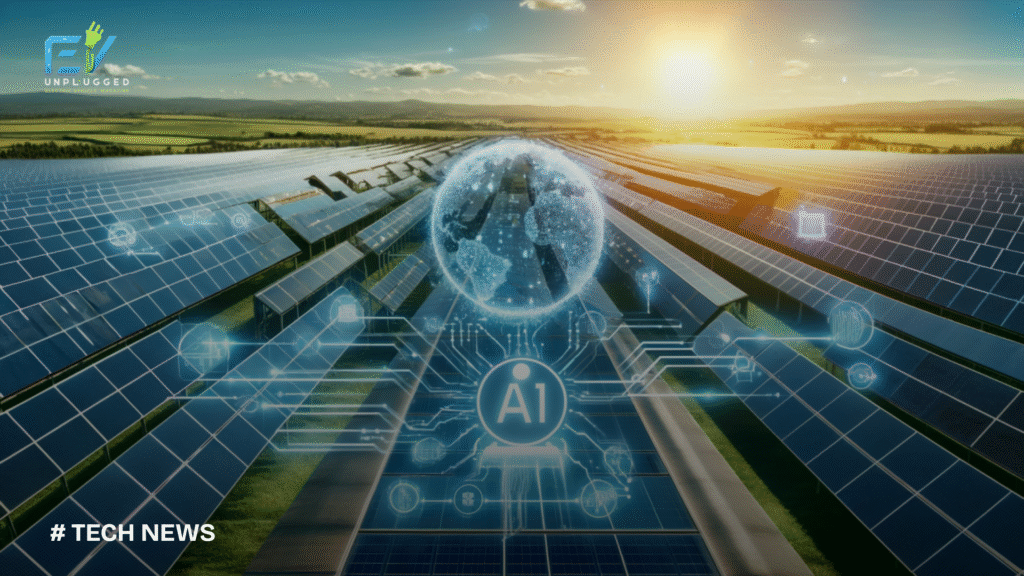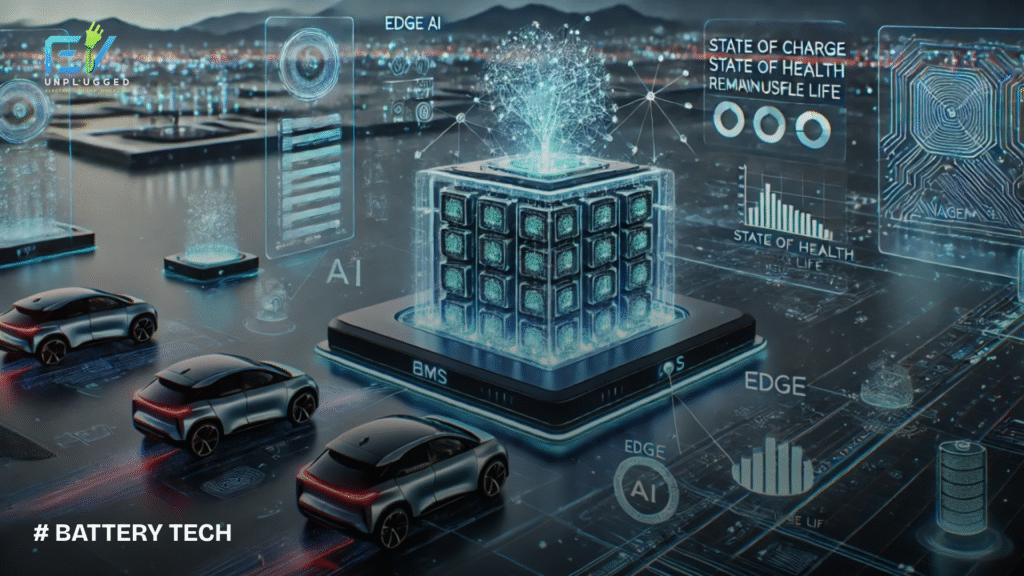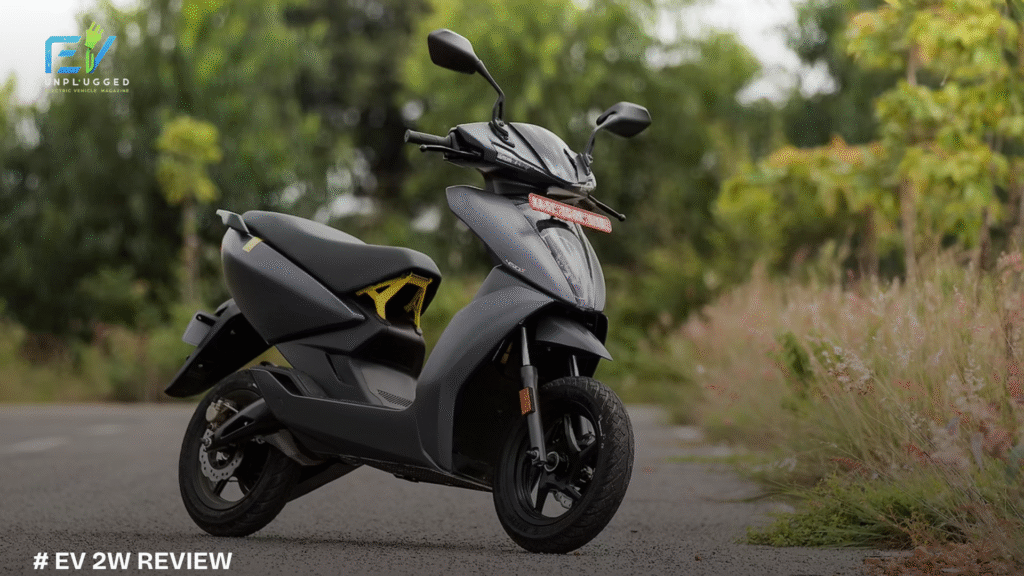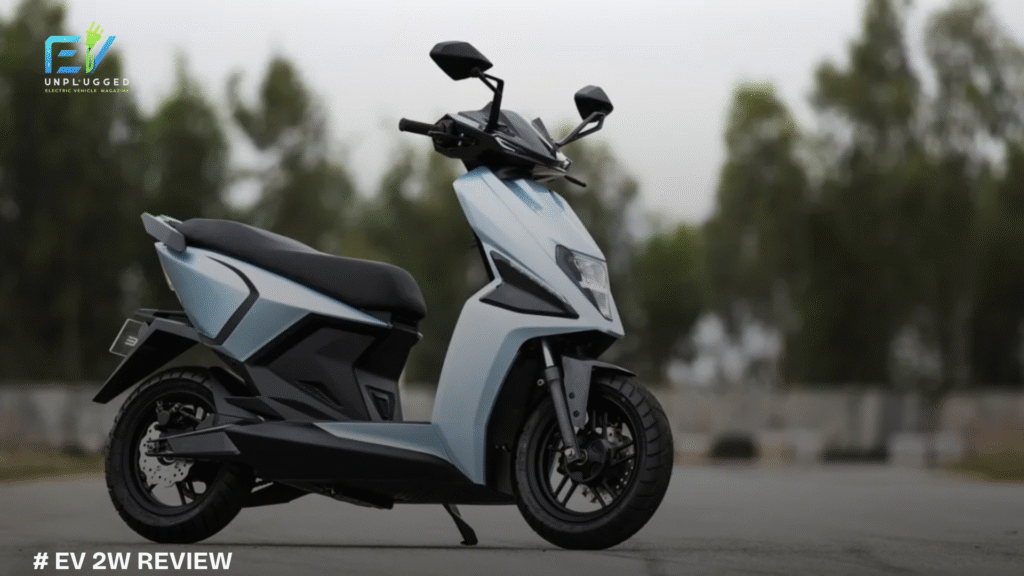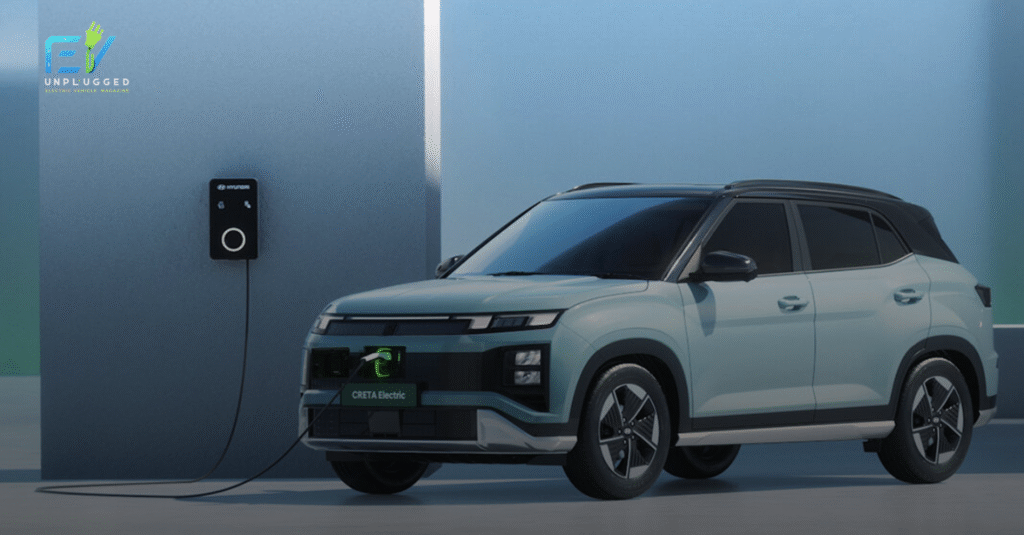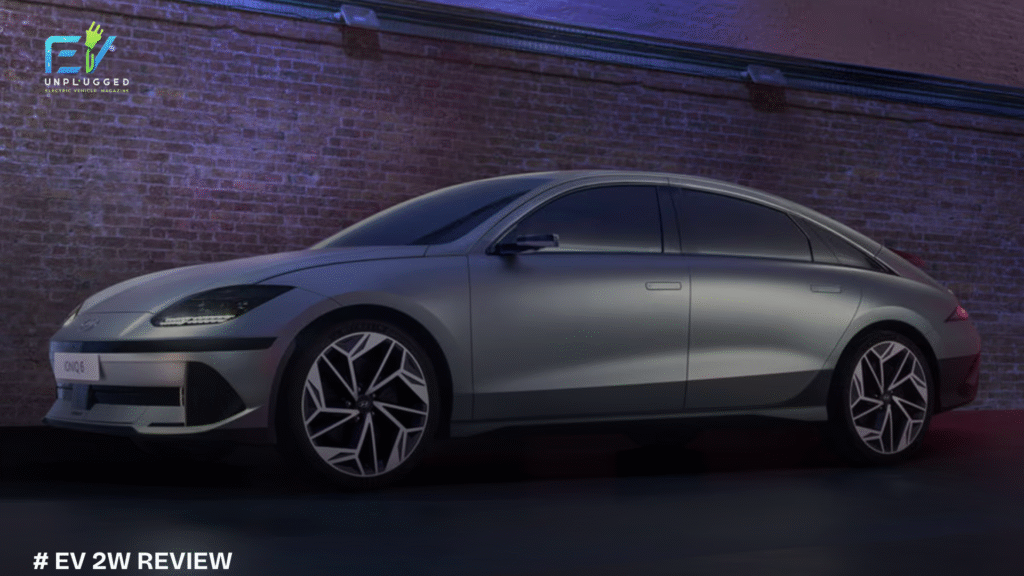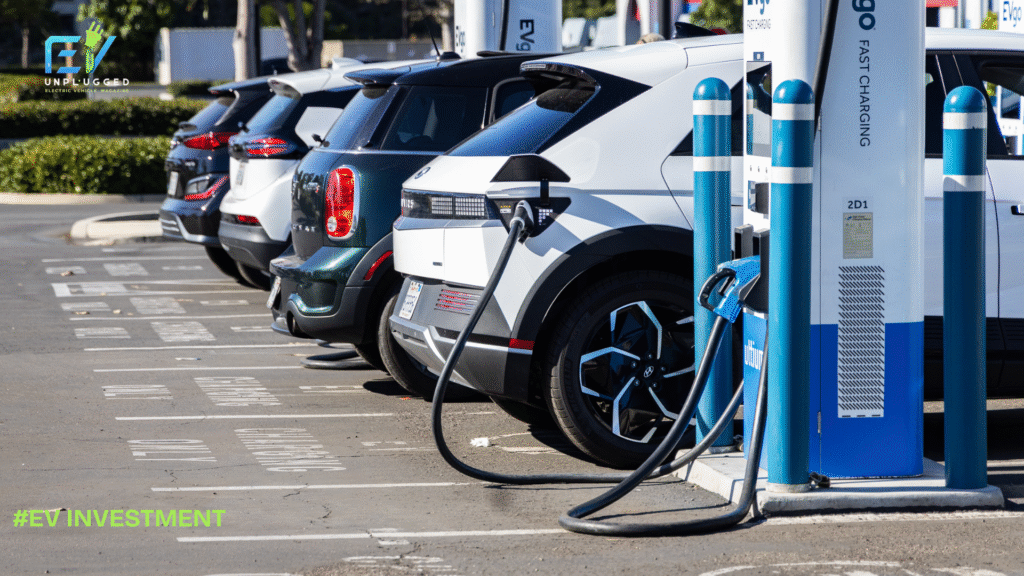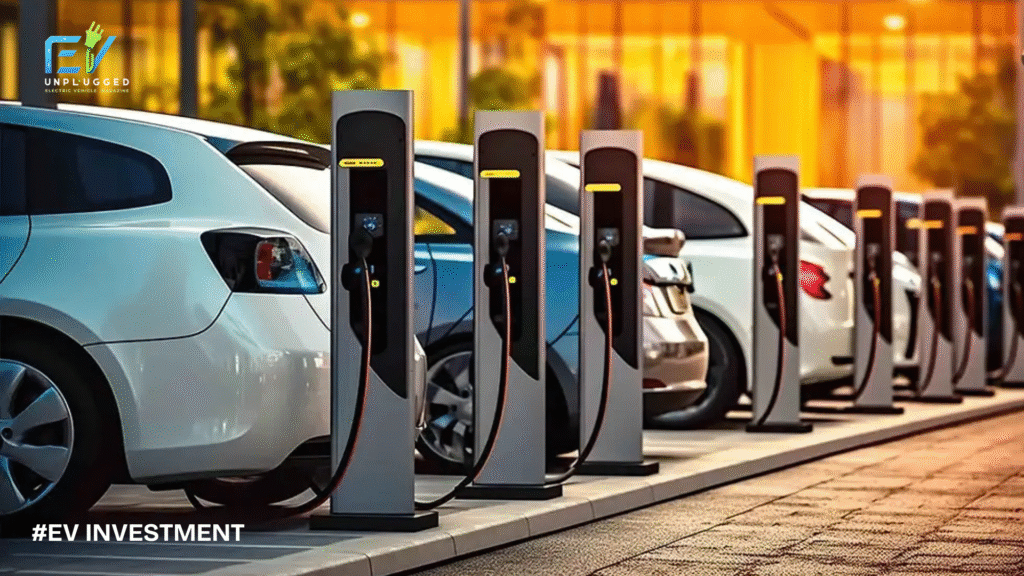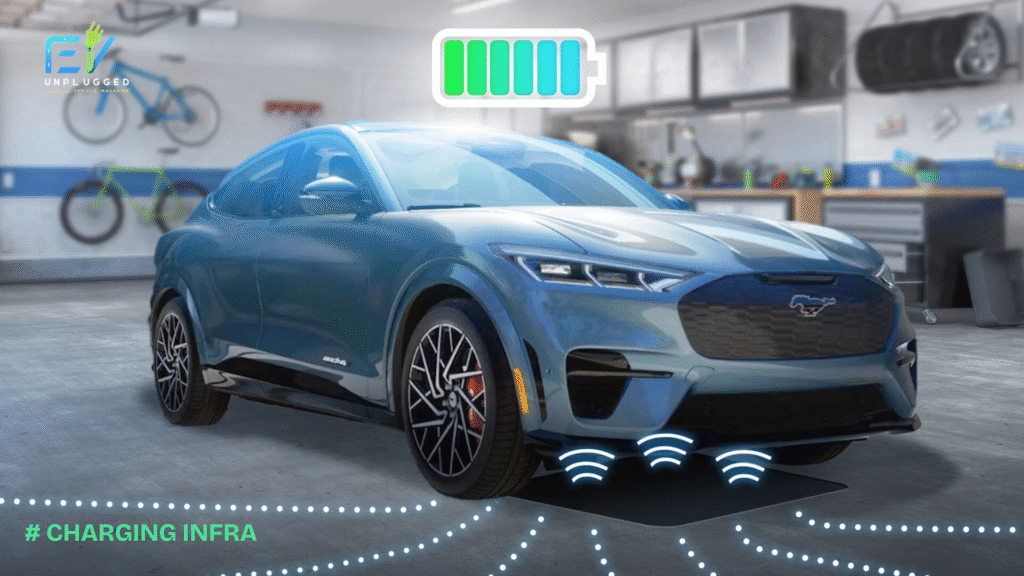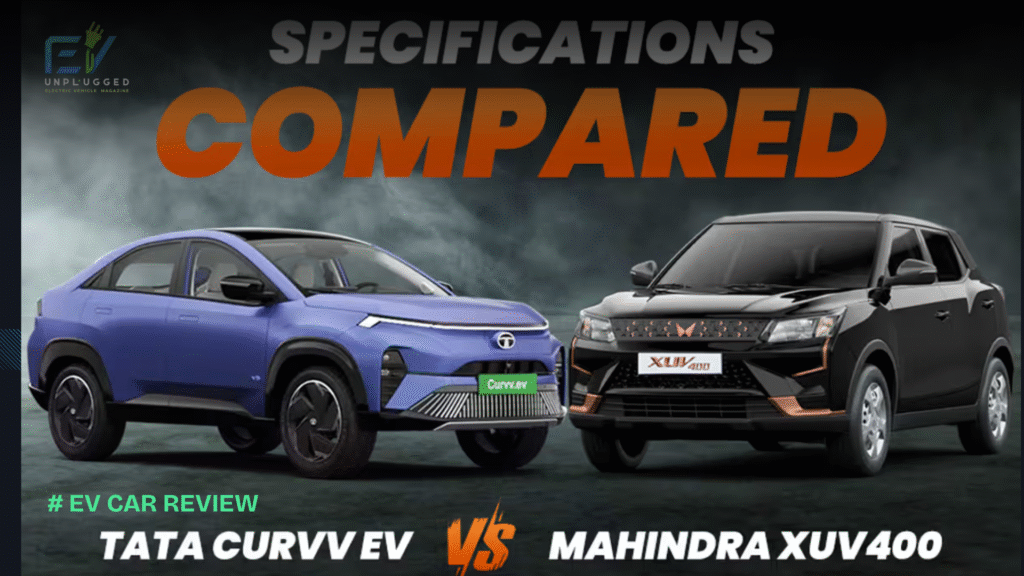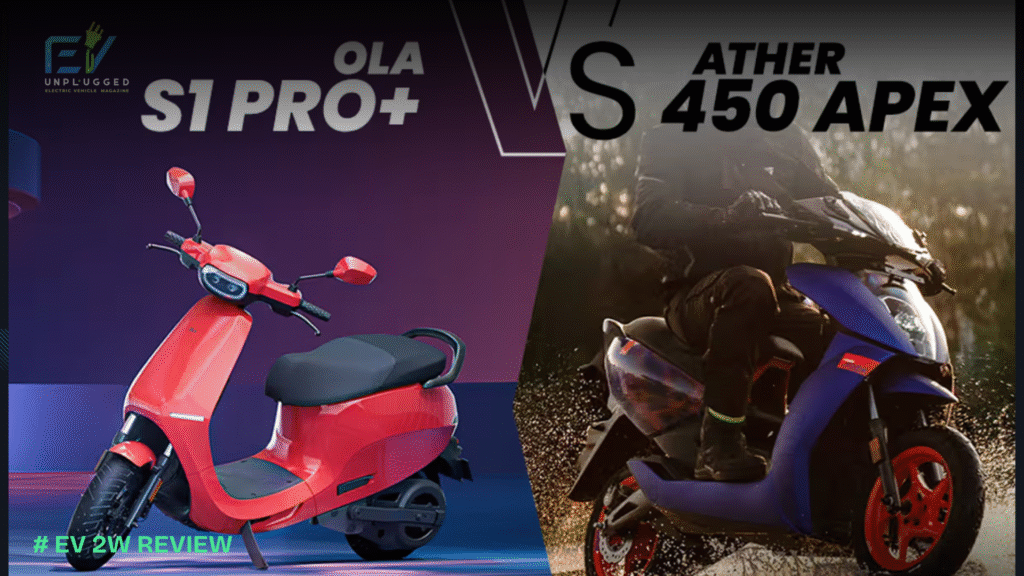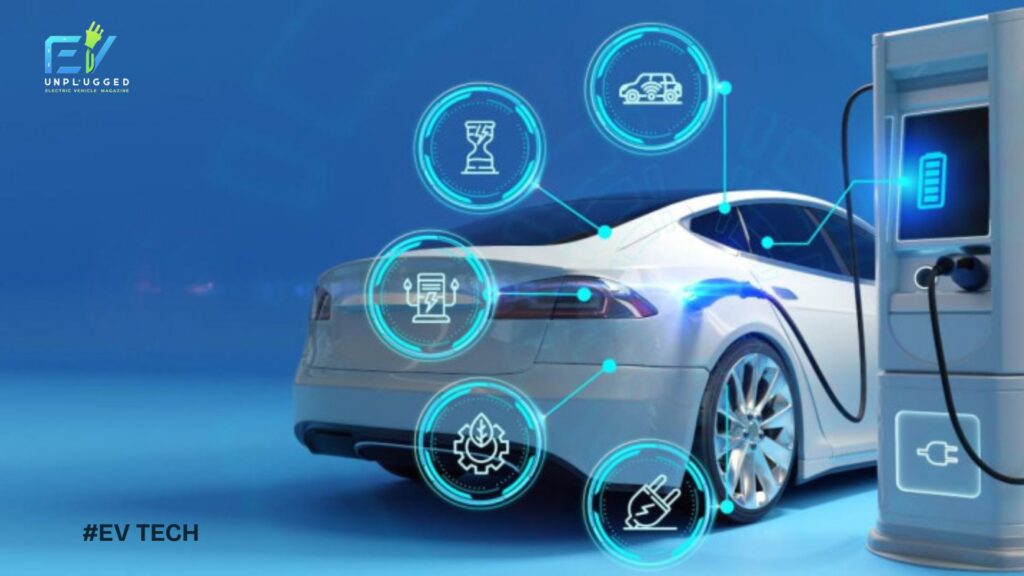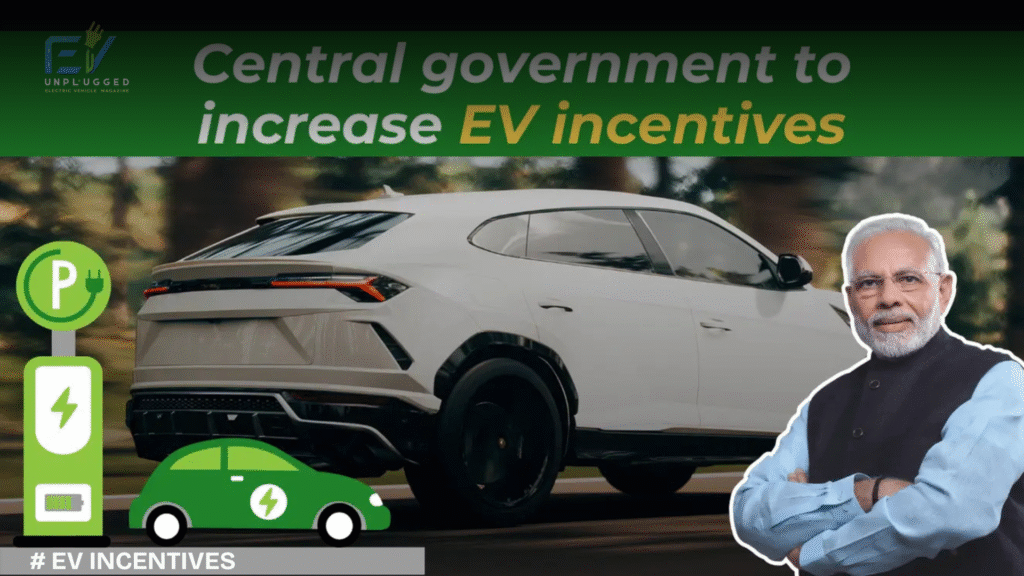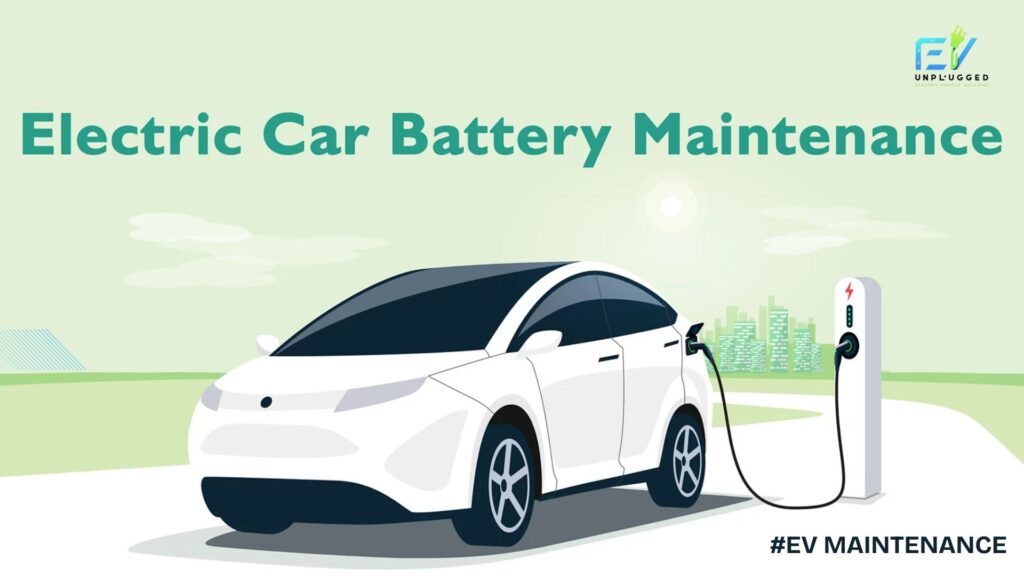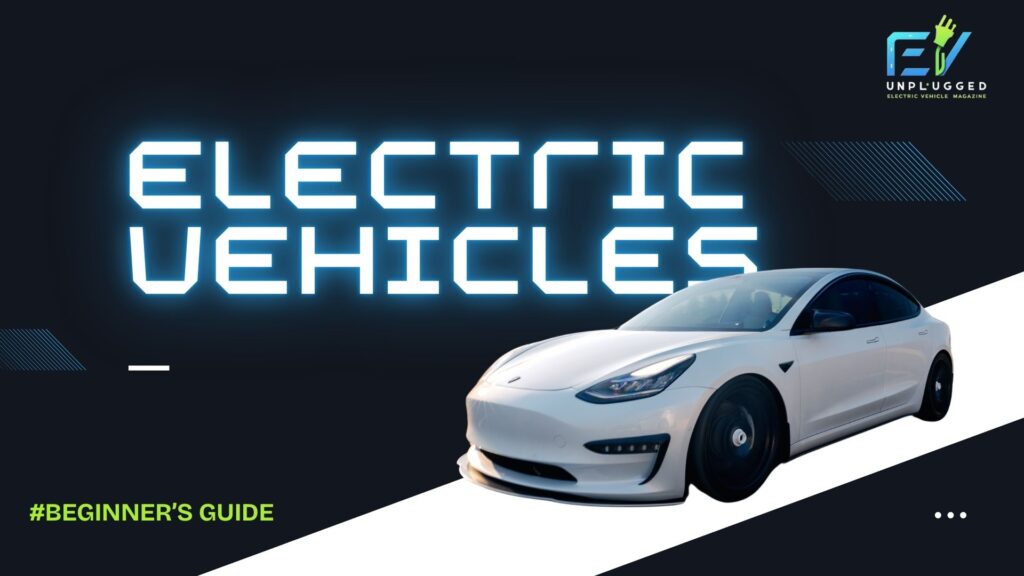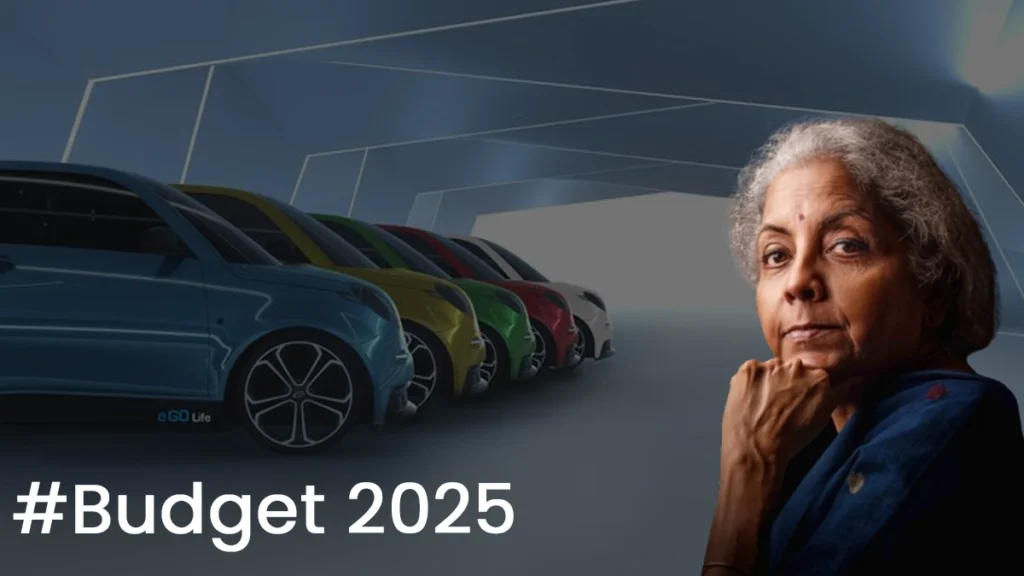Smart-Charging Grid Solutions: Powering the Next Wave of EV Adoption

As the electric vehicle (EV) revolution accelerates across the globe, one key question keeps coming up—can our power grids handle it? The answer lies in the evolution of smart-charging grid solutions—intelligent, data-driven systems that balance EV energy demand with grid capacity and clean energy supply.
Unlike traditional plug-and-charge stations, smart EV chargers actively communicate with the power grid, optimize charging times, and even return energy back to the grid when needed. This isn’t just innovation—it’s essential infrastructure for a future powered by clean and connected mobility.
What is Smart Charging?
Smart charging refers to a system where EV chargers are connected to a centralized network or platform that can adjust charging based on:
- Real-time energy demand
- Electricity tariffs
- Renewable energy availability
- User preferences and grid load conditions
For example, if wind or solar generation is high during the day, smart chargers can incentivize daytime charging, reducing strain during peak evening hours.
Vehicle-to-Grid (V2G): EVs That Give Back
A major breakthrough in smart-charging is vehicle-to-grid (V2G) technology, where electric vehicles are treated not just as consumers—but as mobile energy storage units.
When plugged in, an EV can feed power back to the grid, supporting:
- Grid balancing during peak demand
- Emergency backup for local areas
- Stabilization for renewable energy sources
Companies like Rivian, in partnership with WeaveGrid and IONNA, are already piloting such integrations. These solutions make EVs an active part of the energy ecosystem, not just end users.
Benefits of Grid-Integrated EV Charging
✅ Lower Charging Costs
Smart systems align charging with off-peak hours, taking advantage of cheaper electricity rates.
✅ Supports Renewable Energy
By syncing with solar and wind production, smart chargers reduce dependence on fossil-fuel grids.
✅ Grid Stability
During high EV adoption periods, smart charging helps avoid grid overload and blackouts.
✅ Better User Experience
EV owners get customized charging schedules based on driving habits, energy costs, and grid feedback.
Smart Charging in India & Beyond
India’s National Smart Grid Mission and ongoing EV policy reforms are creating fertile ground for smart-charging networks. Pilot projects in Delhi, Bengaluru, and Hyderabad are testing how V2G and dynamic pricing can be scaled.
Globally, countries like Norway, the Netherlands, and the U.S. are investing heavily in smart grid infrastructure, with startups and automakers collaborating on interoperable charging networks.
Key Takeaways
Smart charging is essential to manage the surge in EV adoption without overburdening power grids.
V2G technology transforms EVs into grid assets, enabling energy sharing and backup during peak times.
Renewable energy integration becomes practical when charging aligns with clean energy generation.
India’s EV mission must include smart-charging rollouts to ensure long-term sustainability.
Final Thoughts
As electric vehicles become mainstream, smart-charging grid solutions are no longer optional—they’re the backbone of a scalable, resilient, and renewable-powered future. By aligning energy use with smart infrastructure, the world can drive forward without compromising grid stability or climate goals.
The transition from dumb charging to intelligent energy ecosystems is not just about convenience—it’s about future-proofing mobility and the environment.

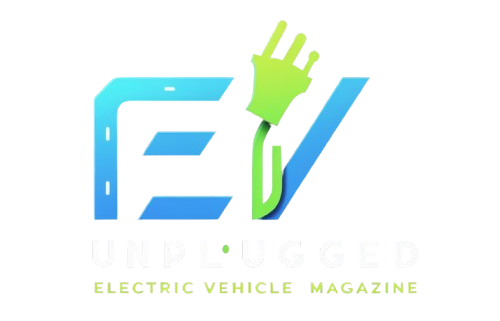
 English
English 